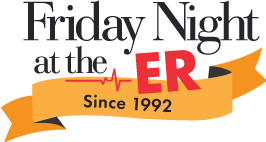For 65 years, the Australian Institute of Management Western Australia (AIM WA) in Perth has delivered high quality learning experiences to help shape workplace excellence in Western Australia and beyond. Its courses range from single-day workshops in critical thinking and agile fundamentals to an MBA, and it boasts more than 5,000 individual and organizational members.
In a recent effort to revitalize a three-day leadership development program, AIM WA turned to Friday Night at the ER. The course helps leaders identify their strengths and weaknesses to optimize how they lead their teams, but it was missing an experiential activity that would help clients internalize what they were learning about themselves. Because the game serves as both a practice field and a catalyst for change, particularly in the areas of communication and teamwork, it was the ideal solution.

“Our approach is about developing an understanding of foundational leadership theory and influencing other people by leveraging one’s own strengths as a leader,” explains facilitator Julie Fraser. “But we had a real gap around how to bring all of that learning together into an experiential and engaging activity. We looked at Friday Night at the ER and thought it strongly supported all the key messages regarding leading people and breaking down silos.”
Julie now uses the game on the final day of the course to give clients — a mix of emerging and front line leaders — an opportunity to apply what they have learned about their individual leadership competencies during the first two days. After the activity, everyone develops individual action plans to take back to their organizations.
We talked with Julie recently about her experience with the game, and its usefulness as a leadership development tool.
Julie, why was it important to add an experiential activity to this course? What does this learning modality do that other modalities do not?
We wanted to have a course that brought all the learnings from the first two days together in an experiential and practical way. There are huge learning benefits to participants experiencing what it is like to shift out of their habitual way of leading and be more self observant and intentional about their approach to leading others.
What are some of the ways that Friday Night at the ER helps leaders maximize their individual and team productivity?
We find that the three core strategies focus on key ideas that are universal for all industries. The insights gained support our learners with a strong focus on engaging and inspiring others in their workplaces to achieve higher levels of performance. In addition, with the foundational leadership and influencing theory that is part of the course, learners recognize they can adapt their approach for different people, whilst still being authentic.
In the game, the assigned roles are different by design, and it can be beneficial for some players to try more than one role. Do you ever ask players to switch roles during the game, and if so, why? What do you observe?
Yes, in each experience we ensure that participants have an opportunity to switch roles. We find that this reflects the real challenges that are sometimes experienced by having to adapt quickly in the day-to-day operations of an organization. A key learning from this change of roles is the importance of handovers and being aware of what is happening elsewhere in the organization.
Our game kits come with both a standard debrief and optional group exercises such as the force field analysis. How do you approach the debrief in this course?
Our debrief starts with the three questions as outlined in the Guide for Facilitators then leads into the force field analysis focusing on the three core strategies. Our course is delivered as a public course, which brings participants from a variety of industries and organizations together. This diversity helps participants realize that the issues they experience are similar to others. This creates the opportunity to develop ideas to mitigate the inhibiting forces that they may not have considered without this external input.
Are there any other elements of the game that you customize?
There have been some recent instances in our health care system where patients did not receive the appropriate level of care, with fatal consequences. In addition, employee safety and well being is a strong focus in organizations that attend our training courses. As a result, we decided to make a minor customization to the game in regards to the ratio of staff beads to patient beads.
We felt that this was a critical aspect of the game that needed to be adhered to, yet noticed in our first few iterations of the game that this ‘rule’ was not always maintained.
So we created the concept of the government stepping in and enforcing funded staff to care for those patient(s) for the remainder of the 24 hour period. The cost for this staff member(s) is three times that of extra staff.
Participants who were limited by their mental models and had not managed their staff levels or shared their staff across departments saw significantly negative impacts on their financial and quality performance. The debrief becomes quite rich in the areas of the three core strategies, which provides opportunities for some important insights for actions in their own workplaces.
Many of your clients work in the mining industry because it’s a major part of the economy in Western Australia, but other professions are represented as well. What do you see when people from different industries play the game together?
This mix of different industries provides a rich diversity of experiences and perspectives about how to work with challenges. Often the conversations and debriefs focus on how the learners have discovered different ways of dealing with the challenges of leading people.
What are the biggest ‘aha’ moments of the game for them?
Consistently we find that participants get strong realizations around breaking down silos and challenging their mental models – the assumptions made about how to do their work. This provides some deep insights and clear actions for them to implement on their return to work.
How do you take the lessons of the game and help your clients incorporate these into their individual action plans for improvement?
Using the group force field analysis, each person reflects and chooses the key areas for their individual attention and defines one to three specific actions that they will be taking back to their teams. This is presented to the learner group as a draft ‘briefing’ for their team as way of sharing what they have learned and what they will be implementing into their leadership role.
Have you used other games or simulations with your clients before? How does Friday Night at the ER compare?
The difference we find between Friday Night at the ER and other games and simulations we use in other courses is the breadth of application and the intensity of our participants’ focus during game play.
More User Stories
John Rinehart: Serving Up Systems Thinking at Marco’s Pizza
Phil Cady: Using Two Rounds of Game Play to Measure Improvement
Linda van der Steen: Teaching Government Teams to Self-Organize in The Netherlands

